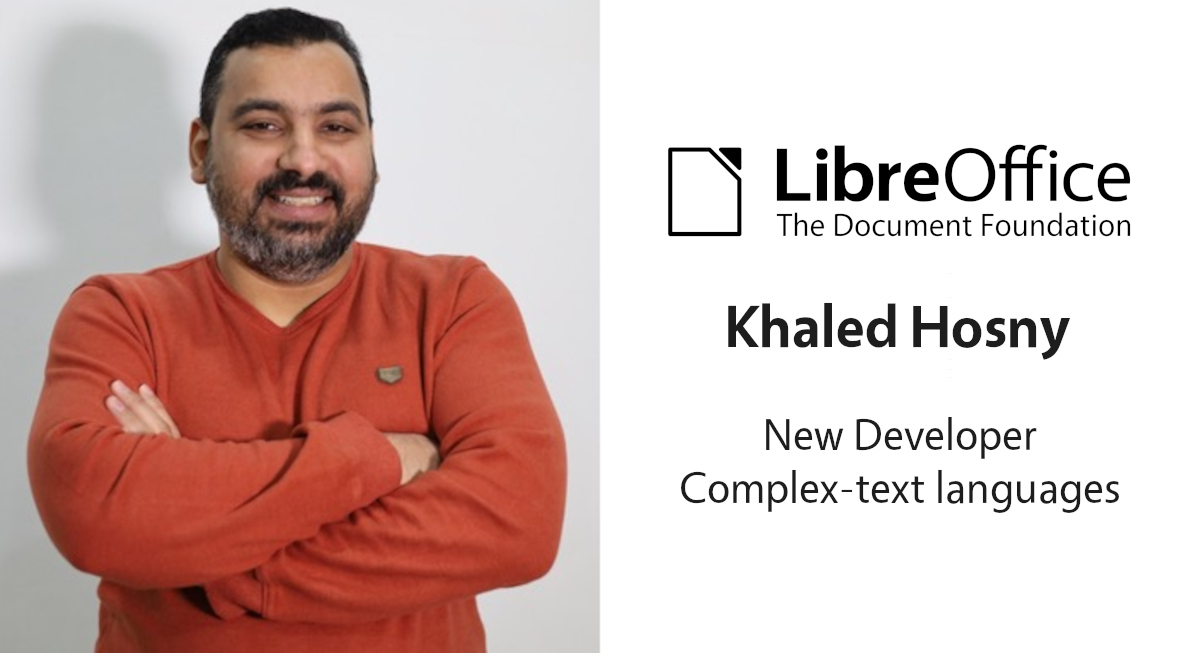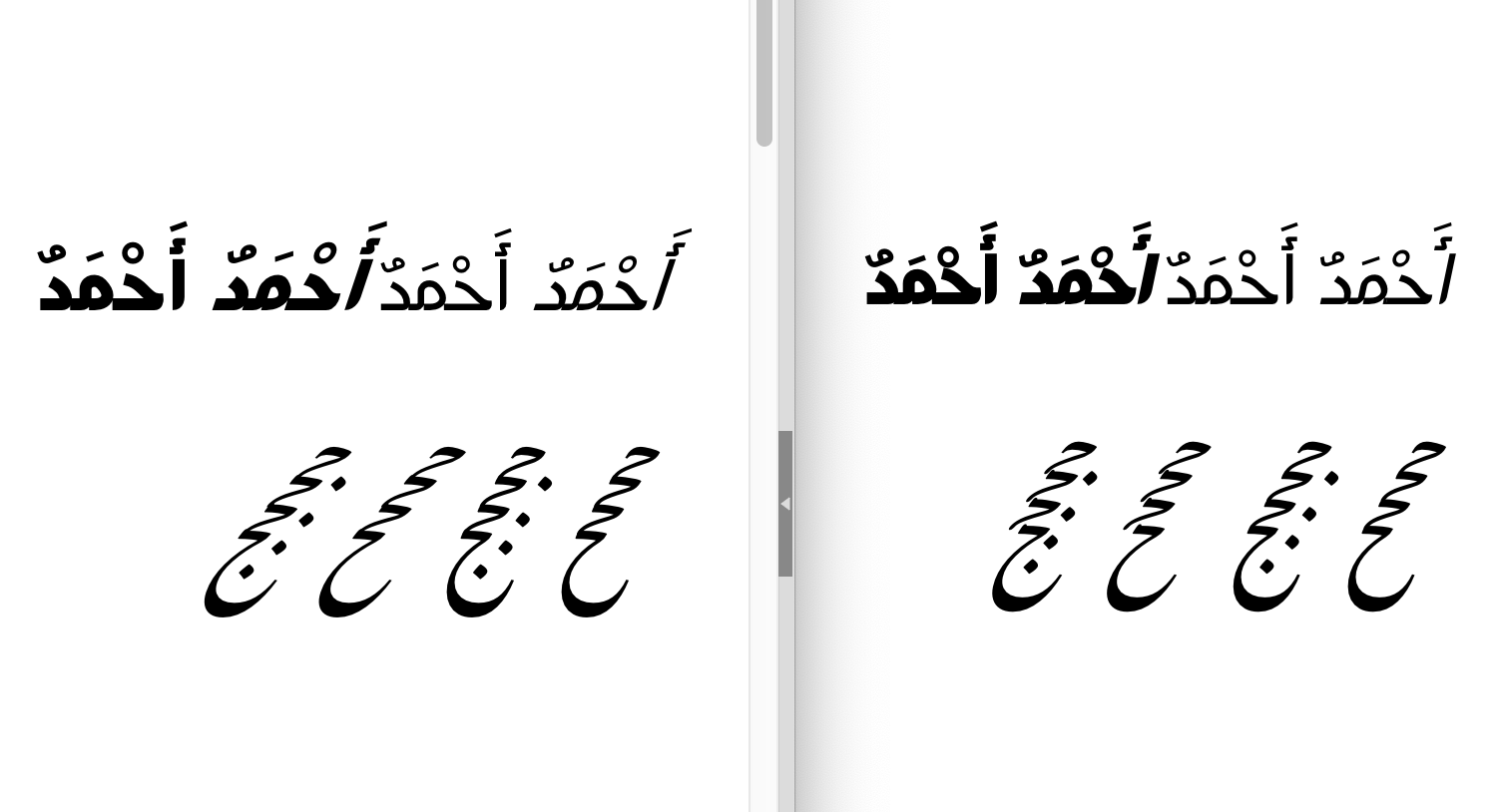
The Document Foundation (TDF) is the non-profit entity behind LibreOffice, providing infrastructure and support for the community that makes the suite. Recently, TDF decided to expand its small team with a new Developer, focusing on improving LibreOffice’s language support. This will help to make the software more accessible to hundreds of millions of people around the world.
The new Developer is Khaled Hosny, so let’s hear from him…
Tell us a bit about yourself!
I’m a software developer based in Cairo, Egypt. My area of expertise is centered around written language; fonts, text layout in general and so-called “complex” text layout in particular (I don’t like how some text layout is signaled out as being complex – all text layout is complex, but some complexity is obvious right away while others are more subtle), PDF, and so on.
I have been involved with FOSS since 2006. I started with doing Arabic localization, then Arabic fonts, and a few years later I started programming to fix Arabic bugs (I think my first patch was to fix a right-to-left UI issue for Sugar, the desktop environment for the OLPC XO laptop, if anyone still remembers it). I contributed and continue to contribute to many FOSS projects – Firefox, GNOME, HarfBuzz, XeTeX, LuaTeX, to name some.
I got involved with LibreOffice in early 2011, and I have been lurking around since then.
I’m also a type designer and font engineer. I have designed and built a few Arabic and math fonts (I can’t read much of the math notation – I was taught math in Arabic notation and I hardly remember any of that either, but I’m fascinated by the 2D nature of math typesetting).
Funnily enough, I had no formal training in any of this, I actually graduated from medical school and worked as a doctor for few years before quitting to focus on a software career (I was already deep into localization and fonts while still at medical school).

What’s your new role at TDF?
I’m joining the team as a LibreOffice developer focusing on areas of right-to-left and the aforementioned so-called “complex” text layout. These are some of the underserved areas of LibreOffice development while disproportionately affecting a very large group of (existing and potential) users.
I hope my role at TDF will help to widen the LibreOffice community, attract more people to it, and make it accessible to more users.
What will you be working on?
I will be fixing bugs and implementing features related to right-to-left text layout and user interface issues which affect languages like Arabic, Hebrew, Persian, and Urdu, as well as text layout issues involving writing systems that require more involved text layout, like Arabic script, and the Indic group of scripts.
I will be also working on fonts, PDF export (text extraction from PDF is major pain point for many scripts), and related areas.
I’m also looking forward to mentoring new developers interested in working on any of these areas.
Do you have any tips for new developers, who’re eager to get involved with the LibreOffice codebase?
LibreOffice is a large code base and can be overwhelming, so try to read any existing documentation as much as possible, don’t be afraid to ask for help, and in general be patient.
We’re really happy to have Khaled on board! Follow this blog and our Mastodon and Twitter accounts for updates on his work – plus more news from the LibreOffice community.

Respected Khaled Sab!
Wonderful passion ! Congratulations . I am also fascinated by the font presentation for complex scripts My mother tongue is Telugu , an Indian language. Can you please suggest any book to learn about font tables , and how the system accesses them . Thanks a lot . Am an old time engineer , no formal software training , I am familiar with QB64 programming. Thanks again.
With Respectful greetings
sivachander
hyderabad india
Thank you!
The best book I know about fonts is Fonts & Encodings by Yannis Haralambous, though it is a bit outdated know. This is an (incomplete) attempt at doing a more up-to-date version of it https://simoncozens.github.io/fonts-and-layout/
You might also want to check FreeType and HarfBuzz documentation, as these are the main open source libraries for handling fonts:
http://freetype.org/freetype2/docs/documentation.html
https://harfbuzz.github.io/
Thanks a lot Khaled Sab. !